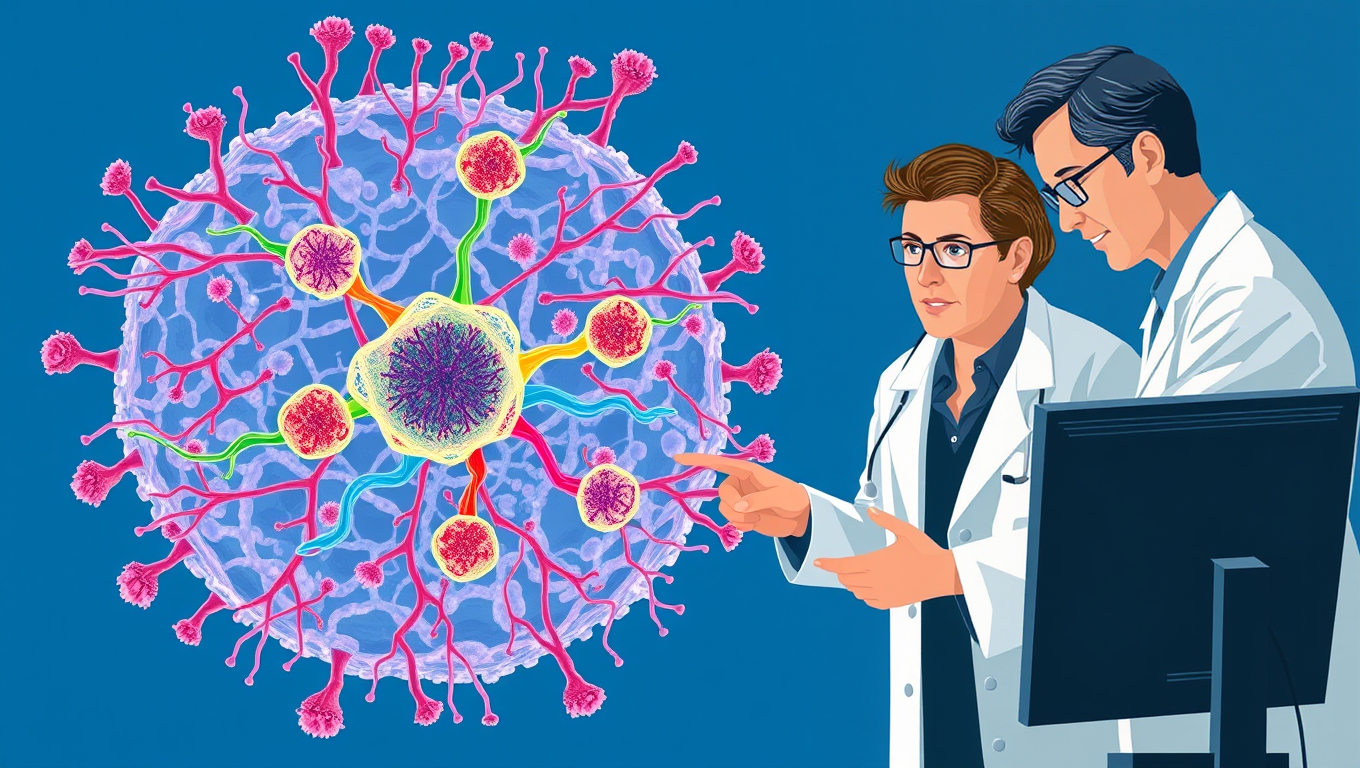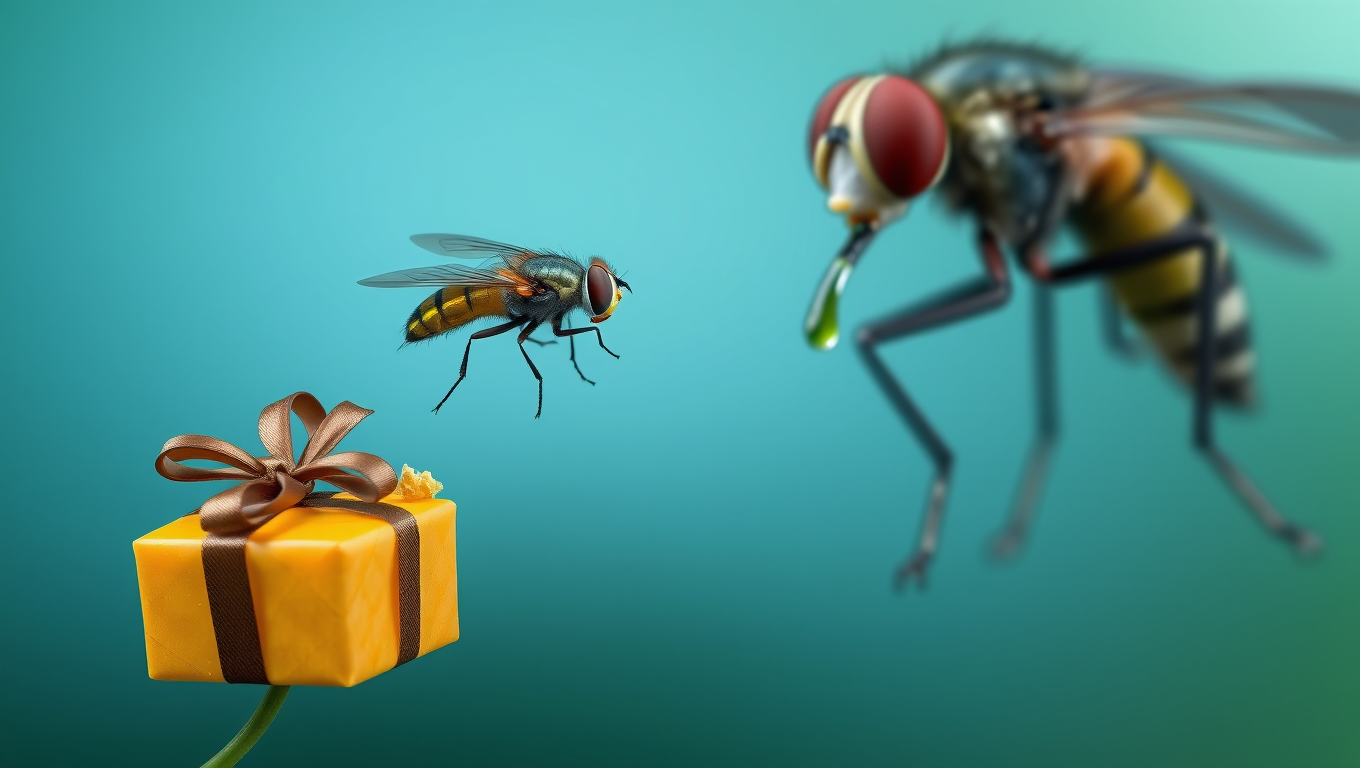While we try to keep things accurate, this content is part of an ongoing experiment and may not always be reliable.
Please double-check important details — we’re not responsible for how the information is used.
Behavioral Science
“Decoding Human Tissue: Scientists Discover Five Universal Rules That Govern Organ Structure”
Scientists have uncovered a surprisingly simple “tissue code”: five rules that choreograph when, where, and how cells divide, move, and die, allowing organs like the colon to remain flawlessly organized even as they renew every few days. Mathematical models showed that manipulating just these parameters faithfully recreates real tissue architecture, hinting that the same code may govern skin, brain, and more. The discovery offers a fresh way to understand healing, birth defects, and cancer, and could supercharge initiatives such as the Human Cell Atlas by turning static cell maps into dynamic predictions.

Behavioral Science
“Rewired for Romance: Scientists Give Gift-Giving Behavior to Singing Fruit Flies”
By flipping a single genetic switch, researchers made one fruit fly species adopt the gift-giving courtship of another, showing how tiny brain rewiring can drive evolutionary change.
Behavioral Science
The Amazing Ant Strategy That Can Revolutionize Robotics
Weaver ants have cracked a teamwork puzzle that humans have struggled with for over a century — instead of slacking off as their group grows, they work harder. These tiny architects not only build elaborate leaf nests but also double their pulling power when more ants join in. Using a “force ratchet” system where some pull while others anchor, they outperform the efficiency of human teams and could inspire revolutionary advances in robotics cooperation.
Alternative Medicine
Ivermectin: The Mosquito-Killing Pill That Dropped Malaria by 26%
A groundbreaking study has revealed that the mass administration of ivermectin—a drug once known for treating river blindness and scabies—can significantly reduce malaria transmission when used in conjunction with bed nets.
-

 Detectors8 months ago
Detectors8 months agoA New Horizon for Vision: How Gold Nanoparticles May Restore People’s Sight
-

 Earth & Climate9 months ago
Earth & Climate9 months agoRetiring Abroad Can Be Lonely Business
-

 Cancer9 months ago
Cancer9 months agoRevolutionizing Quantum Communication: Direct Connections Between Multiple Processors
-

 Albert Einstein9 months ago
Albert Einstein9 months agoHarnessing Water Waves: A Breakthrough in Controlling Floating Objects
-

 Earth & Climate8 months ago
Earth & Climate8 months agoHousehold Electricity Three Times More Expensive Than Upcoming ‘Eco-Friendly’ Aviation E-Fuels, Study Reveals
-

 Diseases and Conditions9 months ago
Diseases and Conditions9 months agoReducing Falls Among Elderly Women with Polypharmacy through Exercise Intervention
-

 Chemistry8 months ago
Chemistry8 months ago“Unveiling Hidden Patterns: A New Twist on Interference Phenomena”
-

 Agriculture and Food9 months ago
Agriculture and Food9 months ago“A Sustainable Solution: Researchers Create Hybrid Cheese with 25% Pea Protein”





























